Kids love to get messy! What better way to let them get that out of their systems than with a little finger painting?
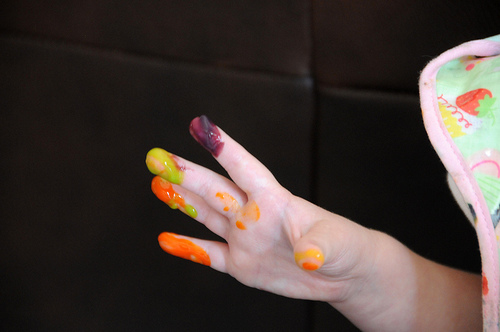
Conventional, store bought finger paints are full of polysyllabic mystery ingredients like mannitol, polyethylene glycol, and sodium benzoate. Some also contain mineral oil, a petroleum product. Rather than letting those kiddos get that stuff all over their hands, clothes, and faces, you can whip up a batch of finger paint in the kitchen! It’s cheaper, easier, and you know exactly what your kids are getting themselves into.
Recipe
1 cup cornstarch
3 cups water
food coloring
In a saucepan, boil the 3 cups of water. Meanwhile, in a separate bowl dissolve your cornstarch in just a bit of water. Remove your saucepan from the heat, and dissolve the cornstarch mixture in the hot water. Bring the mixture back to a boil and cook it until it’s thick and clear. Divide your fingerpaint into separate small containers and let it cool before mixing in your food coloring.
Dyes
There are a couple of eco-friendly options to color your finger paint. If you’re feeling super crafty, it’s much cheaper to make your own dyes. Eco Child’s Play has some great recipes for dyes. If you’re not into making your own, check out these natural, gluten-free, plant-based food colorings from Seelect!
So have you ever made you own finger paints? Do you have a favorite recipe? We’d love to hear your experiences in the comments!
Image Credits:
Finger Painting. Creative Commons photo by spooky05
Beet It. Creative Commons photo by Darwin Bell


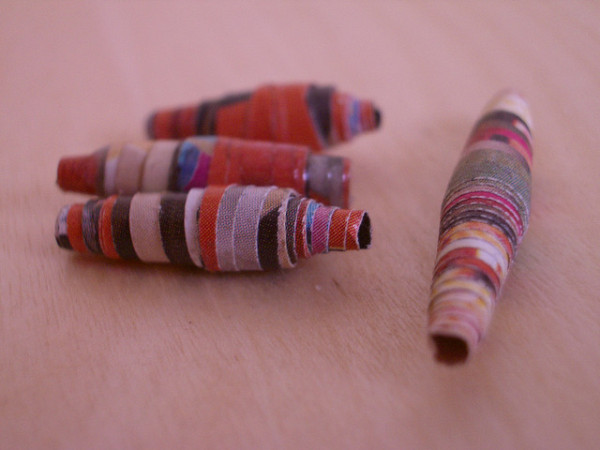
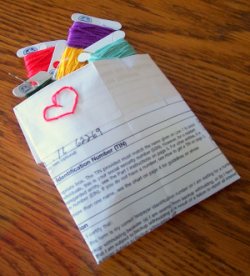
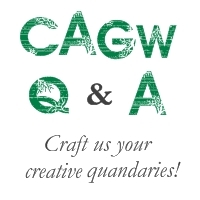
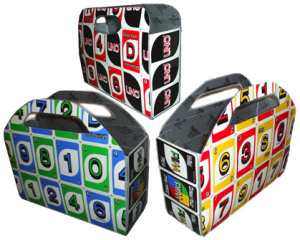


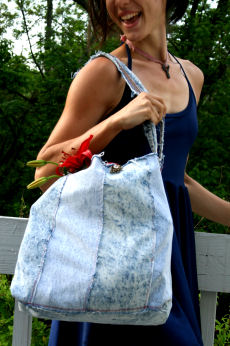
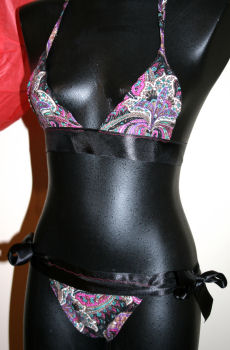
Having tried using the Seelect food coloring before, they will probably be useful for dyeing things like Easter Eggs and finger paints (and maybe yarn/fabric), they are a bit of a flop in terms of a food coloring.
I bought them to color frosting for vegan cupcakes I was making, and the frosting became watery from too much of the coloring before it actually got to a color that would not be described as “light pastel.” The ‘blue’ and yellow mixed to make brown rather than green, and the resulting mix tasted and smelled like… blueberries and turmeric. Not vanilla, as it had been before adding the coloring. I ended up having to make a new batch of frosting and just frosted the cupcakes white, because the frosting I had attempted to color was not usable. At all 🙁
Oh no! Thanks so much for commenting, Oraxia! I was thinking of ordering some of the Seelect coloring for baking, but maybe I’ll just stick to cupcakes with uncolored frosting.
You can always dye protein fibres (wool, silk, soy silk) with food colouring, when done in an acid environment (and the food colouring is sugar free). Search for Kool Aid dyeing on the web, I think knitty has something on it, too. And you can use plant dyes for colouring food, like beet root, elder berries etc. India Flint has some very good examples in her book Eco Colour
Thanks for the finger paint recipe! Is there a natural vegan paint that can be painted on my son’s superhero cloth cape?